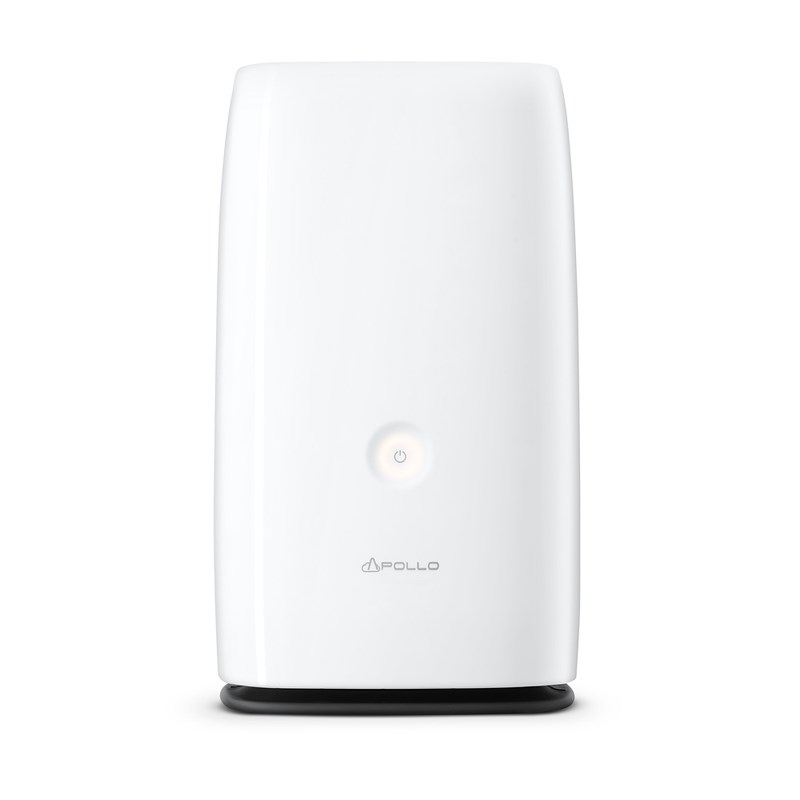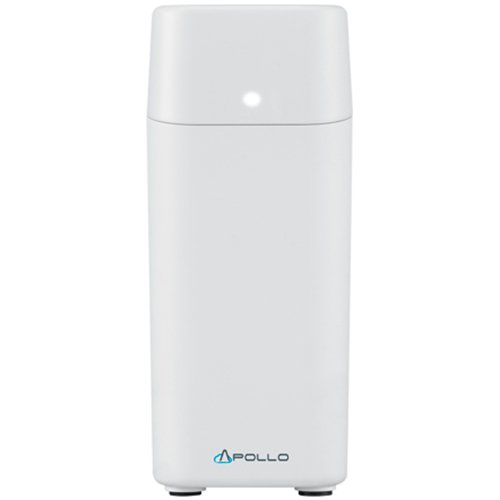


The Settings screen is also where you can enable Camera Roll Upload, a handy feature that automatically uploads all video and photo content from your phone so you don't have to. Here you can see what files have been sent to the trash and either restore or permanently delete them, view device information such a RAID configuration and storage usage, set up a USB transfer, perform a backup and restore from a USB drive, configure Public Cloud syncing from Google Drive and Dropbox accounts, and add an IP camera to store captured video. The Apollo Cloud 2 Duo's Favorites button displays all files that you have marked as a favorite, and the Settings button takes you to a screen where you can manage the drive. Tap on any file or folder to change the permissions such as who can view the files and when the share link will expire. The Shares button shows you folders and files that are publicly shared or shared between members. You can add comments to any photo or video and mark it as a favorite. Tap the Photos button to view all uploaded photos, videos, and albums by date. The share is sent via a link that you can make active forever or have it expire after a certain period of time (one to 30 days).Īt the bottom of the screen are Files, Photos, Shares, Favorites, and Settings buttons. You can choose to share a file with anyone, or only with people with a password.

When you tap on a folder you can access the files within and share, rename, export, trash (delete), or add comments to each file. The button on the right takes you to the Notifications screen where you can see things like who has logged in, when the firmware was last updated, when a USB drive has been connected, and when a USB transfer is in progress.īelow the three buttons is a list of folders by name with their creation date. Here you can also assign a storage quota for and delete members. To add a member, simply tap the "+" icon, add a name, and send the invitation link via text or email to the recipient. The button on the left is the Members button which takes you to a screen where you can give members (up to 40) access to the drive. Tapping the Device button takes you to a screen that shows you how much storage space is used and how much is available, along with account information (user name and email address).
Promise apollo cloud 4tb review series#
At the top of the screen is a "+" button that is used to quickly create folders and add photo, video, and other files from whatever device you are using or from an attached USB device, and at the bottom of the screen is a series of dashboard buttons. It opens to a Files screen that has a large Device button with two smaller buttons on either side. You can access and configure the Apollo Cloud 2 Duo via a user-friendly mobile (iOS and Android) app or a web-based app. Access to the physical drives is tricky: You have to pop off the small cover on the top of the enclosure and remove a couple of screws and the fan assembly to get to them. Missing are the USB-C and HDMI video ports that you get with drives like Asustor AS6302T ( at Amazon).
Promise apollo cloud 4tb review portable#
It's powered by a 1GHz dual-core CPU and 1GB of DDR3 memory, and has a gigabit LAN port, a USB 3.0 port for transferring data between the Apollo and a portable USB drive, and a power jack, all around back.

The Apollo Cloud 2 Duo supports RAID 0 (striping) and RAID 1 (mirroring) and uses two 4TB drives for a total of up to 8TB of storage depending on how you configure it. This device lacks the numerous activity LEDs that you get with most NAS units, but the power button's light ring will glow green when the drive is powered up and ready to use, white when it is in pairing mode, orange when it is updating its firmware or rebuilding its RAID drive, and red when there is a hardware failure. It has a glossy white finish with black trim, and there's a lone power button on the front. The Duo 2 is a small tower that stands 8.3 inches high and is 5.4 inches deep and 4.8 inches wide. The Apollo Cloud 2 Duo doesn't look like a typical NAS device, but neither did its predecessor, the Apollo ( at Amazon), which we reviewed back in 2016. The Apollo Cloud 2 Duo does offer some handy tools, though, including automatic camera roll backup to ensure the photos and video you take on your mobile device are never lost. Offering a simple way to store and share photos and video from your phone, you get 8TB of storage, but it delivered middling file-transfer speeds in our testing. The Promise Apollo Cloud 2 Duo ($449) is an easy-to-use and easy-on-the-eyes network attached storage (NAS) device.


 0 kommentar(er)
0 kommentar(er)
